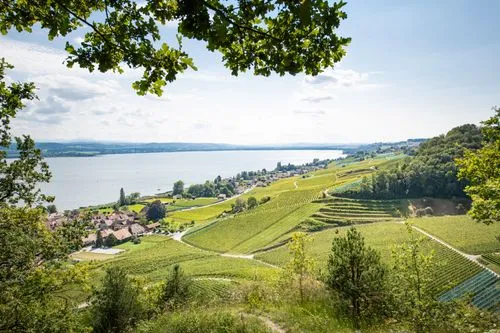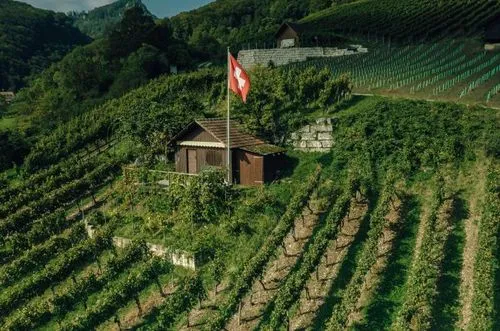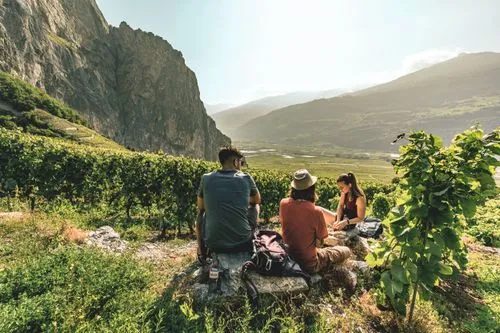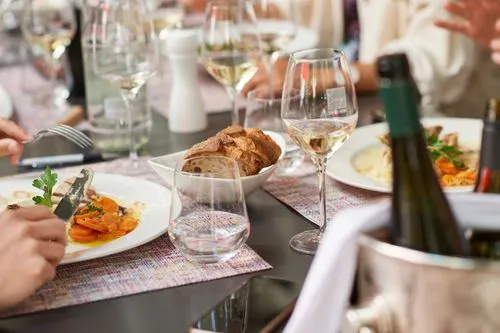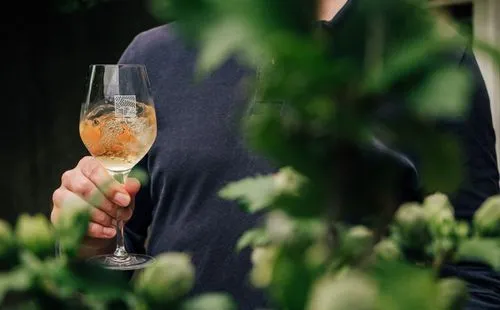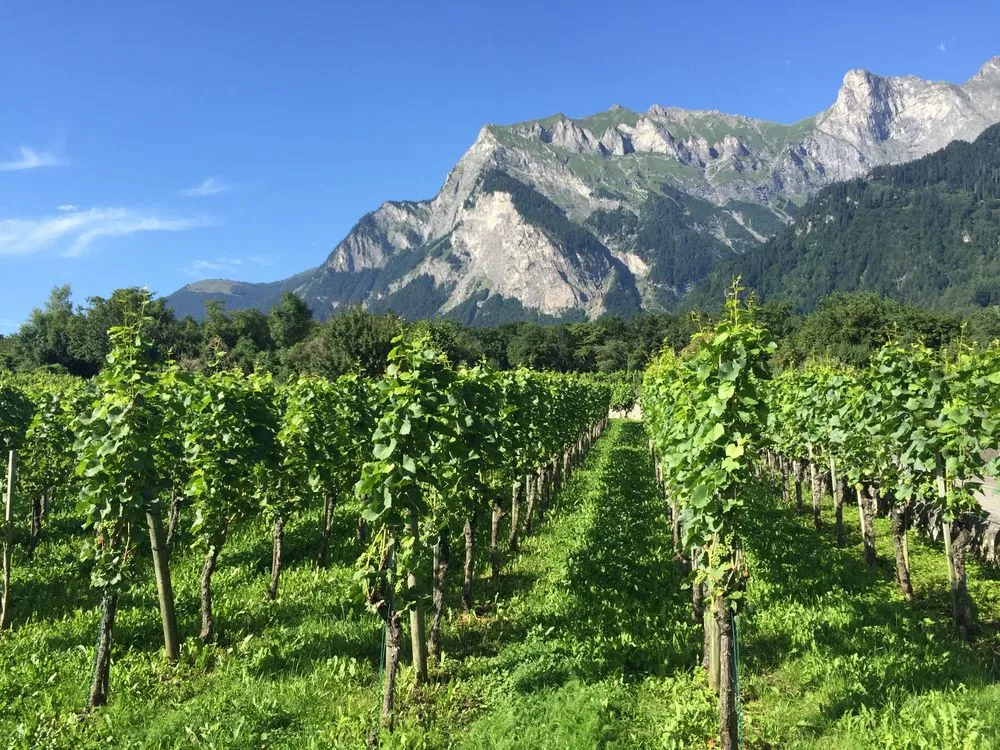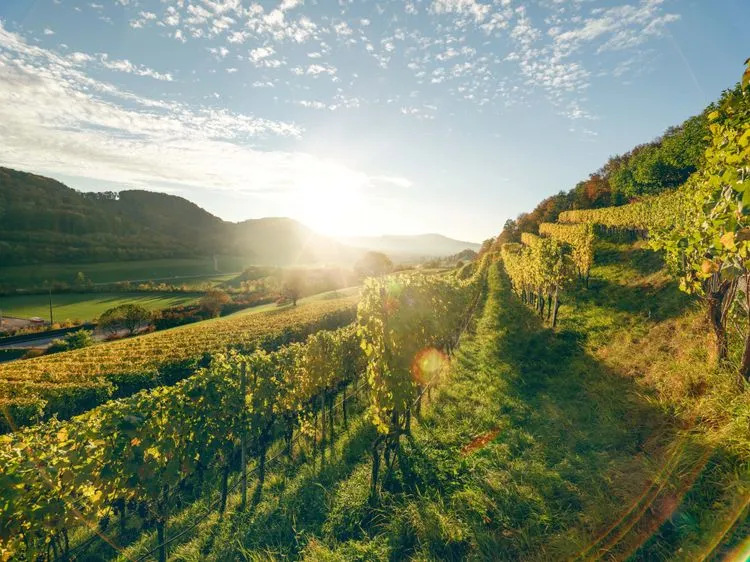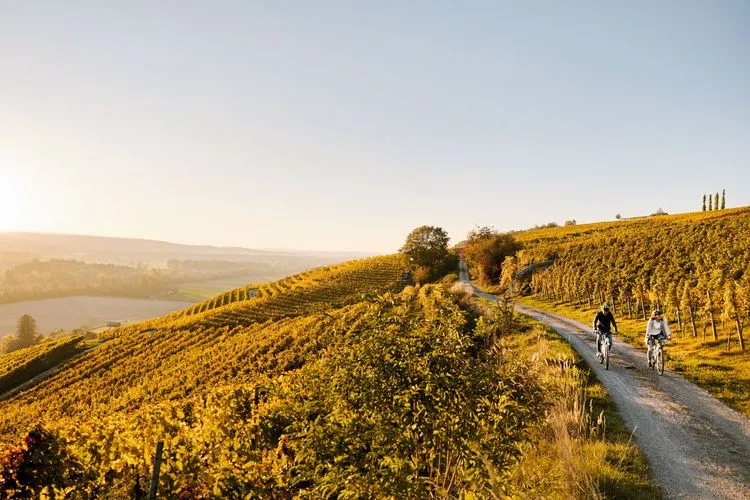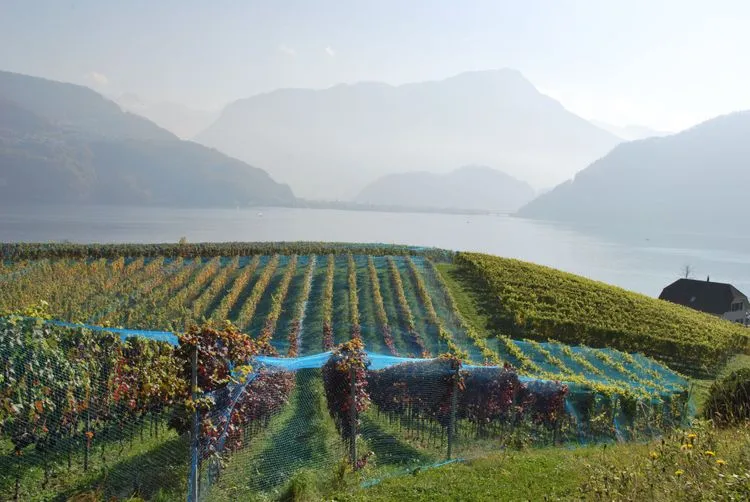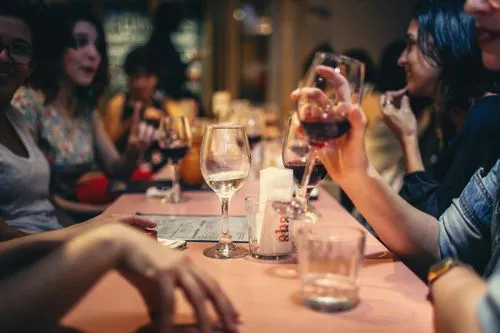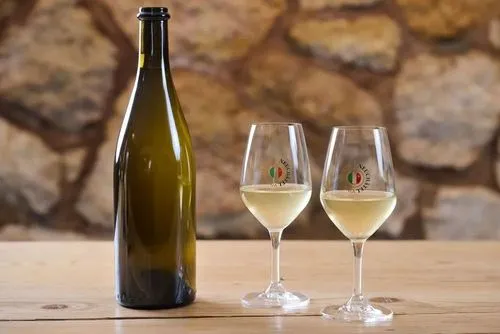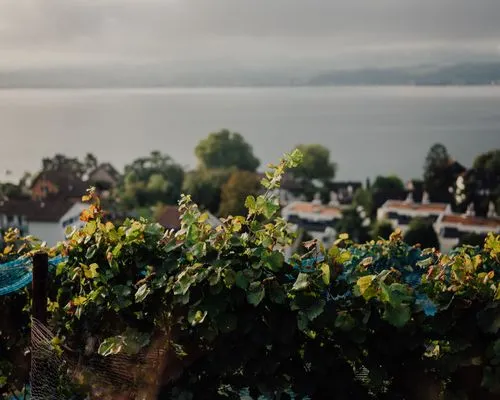This denomination brings together the sixteen wine-growing cantons of German-speaking Switzerland. The third Swiss wine-growing region can be divided into three main entities. The western part includes the vineyards of the cantons of Basel (105 ha) and Aargau (400 ha), the central part includes Zurich (607 ha), Schaffhausen (490 ha) and Thurgau (270 ha), the eastern part includes Graubünden (410 ha) and St. Gallen (220 ha). Among the common characteristics of the German-speaking cantons, we can mention that a quarter of the grape variety is Pinot Noir (locally called Blauburgunder), which produces astonishing highly nuanced red wines. The white grape varieties, in which Müller-Thurgau predominates (which in Switzerland is still called Riesling-Sylvaner), cover 25% of the wine-growing area. The specialities of German-speaking Switzerland include Räuschling, Gewürztraminer and Pinot Gris.
This region has a renewed interest in traditional grape varieties that have fallen into oblivion and a remarkable capacity for innovation.
German-speaking Switzerland
Table of contents
Pinot Noir and Müller-Thurgau
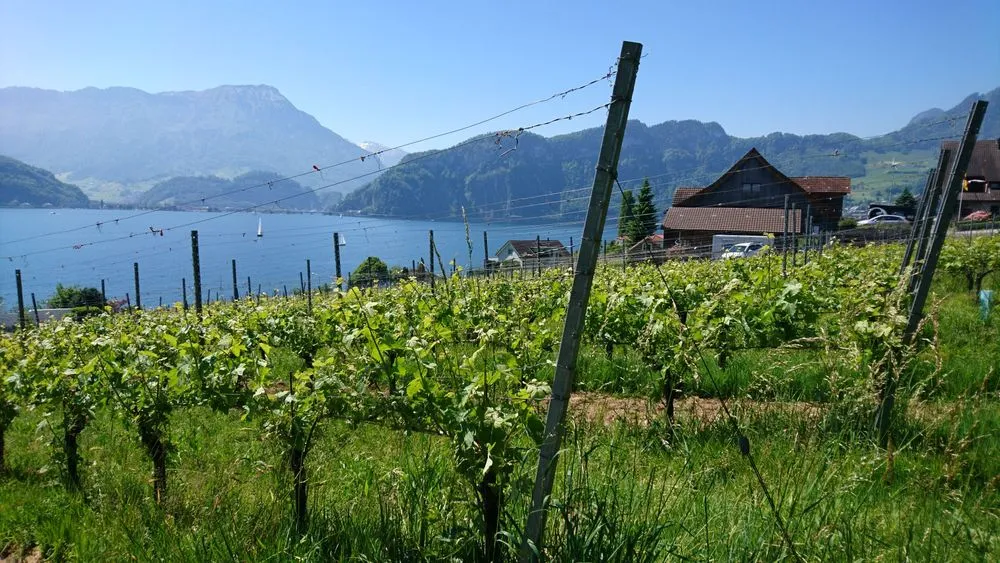
Distribution of grape varieties
These graphs present some key figures for the wines of German-speaking Switzerland
Red surface
(1694 HA)
White surface
(900 HA)
A
B
C
D
E
F
A
52%
Pinot Noir, 1358 HA
B
15%
Müller-Thurgau, 396 HA
C
3%
Sauvignon blanc, 87 HA
D
3%
Chardonnay, 86 HA
E
0%
Gamay, 1 HA
F
26%
Others, 666 HA
The map of AOC in the region
German-speaking Switzerland is spread over 16 cantons and is made up of 20 AOC.
AOC Aargau
AOC Appenzell
AOC Basel-Landschaft
AOC Basel-Stadt
AOC Bern
AOC Glarus
AOC Graubünden
AOC Luzern
AOC Nidwalden
AOC Obwalden
AOC Schaffhausen
AOC Schwyz
AOC Solothurn
AOC St. Gallen
AOC Thunersee
AOC Thurgau
AOC Uri
AOC Zug
AOC Zürichsee
Events in the region
Find all the events taking place in German-speaking Switzerland
Switzerland. Naturally.
Confirm your age
To visit our site, you must be of legal drinking age in your country of residence.
